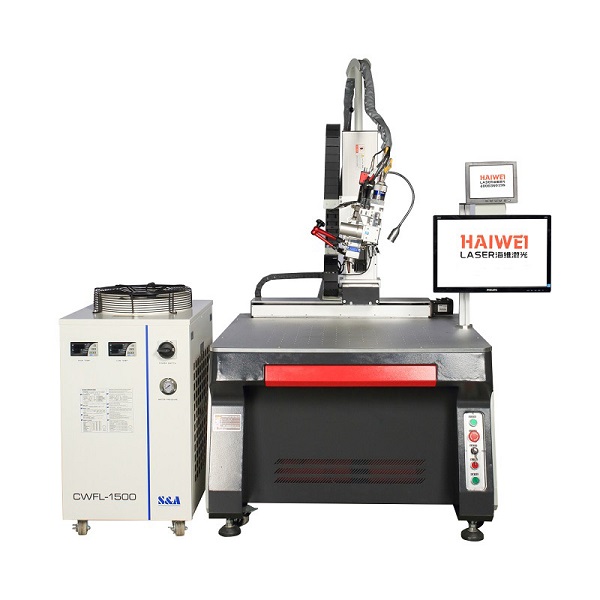Can Weld Seam Quality from a Laser Welding Machine Be Improved by Post-Processing?
The weld seam quality produced by a laser welding machine is primarily determined during the welding process itself. However, many manufacturers wonder whether post-processing methods can enhance the final result. The answer depends on the specific quality issue and the application requirements.

Understanding Primary vs. Secondary Quality Factors
High weld seam quality is defined by full penetration, minimal porosity, low spatter, and sound metallurgical bonding—all of which must be achieved during welding. These core attributes cannot be improved after the fact. Post-processing cannot repair internal defects such as cracks or lack of fusion.
Surface Finishing for Aesthetic and Functional Purposes
While structural integrity must be established during welding, post-processing can improve surface appearance and functionality. Techniques like grinding, polishing, or brushing are often used to smooth weld beads, especially in visible areas such as consumer electronics or automotive trim. These steps enhance aesthetics but do not strengthen the joint.
Stress Relief and Dimensional Stability
In some high-precision applications, stress relief annealing may follow laser welding to reduce residual stresses and prevent distortion. This thermal treatment improves dimensional stability but requires careful control to avoid affecting the base material properties.
Cleaning and Corrosion Resistance
Removing oxidation or discoloration through chemical cleaning or passivation can improve corrosion resistance, particularly in stainless steel or aluminum welds. This is a common step in medical or food-grade applications where surface purity is critical.
True weld seam quality—strength, penetration, and internal soundness—is determined at the moment of welding and cannot be enhanced by post-processing. However, surface finish, appearance, and certain functional properties can be refined afterward. For optimal results, focus should remain on optimizing laser welding machine parameters, joint fit-up, and process control. When necessary, use post-processing as a complementary step, not a corrective measure for poor welds. Selecting a reliable system, such as those from Haiwei Laser, ensures high initial weld quality, minimizing the need for extensive finishing.
Recent Posts
- What are the advantages of laser welding machines in lithium battery pack production lines?
- What issues should be noted when choosing a lithium battery pack production line?
- Quality Inspection and Control of Lithium Battery Module Pack Production Line
- Cell grouping and sorting process in lithium battery module pack production line
- What are the safety hazards of lithium battery pack production lines and how can they be prevented?
INQUIRY

